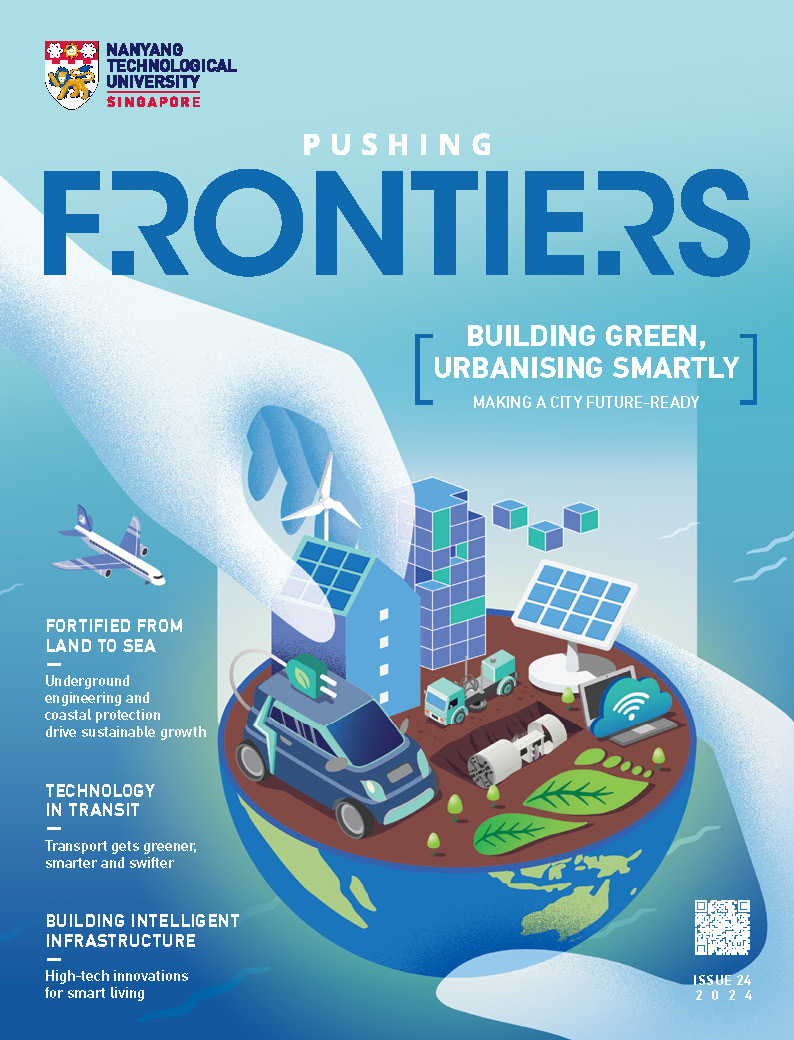Discoveries
More storiesEngineering the cities of tomorrow

Prof Chu Jian is passionate about overcoming the various sustainability challenges faced by cities. The Chair of NTU’s School of Civil and Environmental Engineering (CEE) and President’s Chair in Civil Engineering spearheads a portfolio of research spanning from coastal protection and land reclamation to sustainable construction and waste recycling.
Prof Chu has published over 400 journal and conference papers, and holds several patents. In 2023, he was listed among the world’s top 2% of scientists by Stanford University. The civil engineer’s expertise has also been recognised by the International Society for Soil Mechanics and Geotechnical Engineering. He chairs the Technical Committee on Land Reclamation in the professional association.
Pushing Frontiers speaks to him to find out how cities can prepare for the future, and why sustainability can co-exist with urban development.
A: A smart city is one that uses technology extensively in its operations. It is also important to design cities with smart engineering in mind. Robust structures in a smartly engineered city with high-tech infrastructure can last a long time with little maintenance. In fact, some ancient buildings are still standing today after thousands of years.
Other key ingredients that make up a smart city are a highly trained workforce, forward-looking governance and an efficient administration system that makes the best use of assets, resources – including human capital – and services.
As resources are limited, a smart and sustainable city needs to conserve the energy it uses as well as generate clean and renewable energy. It needs a clean water source and resilient food production or supply. Having a sustainable waste management system in place is also vital.
Infrastructure in a smart city should be renewed in a sustainable way. For instance, instead of replacing every worn-out component, consider replacing only some components while refurbishing the rest. Durable and self-healing materials could also be used to construct sustainable buildings that withstand the test of time.
Densely populated cities consume a lot of resources and exert many negative effects on the environment. A city cannot be sustainable without the renewal of smart minds. And smart cities attract a highly skilled workforce that can be mobilised to come up with solutions to sustainability issues.
To continue to attract the best talent, cities need to be regional or global hubs and stay ahead of the global competition for skilled labour. They also need to provide a conducive environment and opportunities for these highly skilled workers to apply and develop their talents.
A: Climate change is one of the greatest challenges facing cities today and in the future. Rising global temperatures cause increases in sea levels, which may lead to coastal flooding. To reduce such risks, coastal cities like Singapore need to act early to develop and adopt coastal protection as well as flood mitigation measures.
Urban development is also constrained by the availability of space and other vital resources.
Integrated engineering solutions could be developed to address some of these sustainability challenges concurrently. These measures ensure that urban infrastructure is continually renewed to create a sustainable environment that provides a comfortable standard of living.
A: I am developing floating flexible sea walls that could be used to create coastal reservoirs that protect against flooding due to rising sea levels.
In another project, we are exploring protecting coastlines with tube-like bunds consisting of plant fibres, sand and eco-cement made from soya bean powder, calcium-rich materials and urea.
Both research projects are under the Coastal Protection and Flood Resilience Institute Singapore.
Likewise, researchers at CEE are working on projects that address urban challenges – from tapping new renewable energy sources to developing sustainable construction materials.
Our faculty has led major university sustainability initiatives such as the Nanyang Environment and Water Research Institute. CEE alumni were also involved in the construction of Gardens by the Bay, an internationally acclaimed attraction in Singapore that showcases sustainability.
We also work closely with various organisations such as the National Environment Agency in Singapore in areas like sustainable waste management.
A: We need to be aware of the importance of sustainability so that urban development does not come at its expense.
Contrary to popular belief, sustainability and urbanisation do not contradict each other. There are many buildings and places in Singapore that illustrate sustainable urbanisation. One example is NTU’s School of Art, Design and Media building, which has several eco-friendly features, including “grass roofs” that reduce heat gain. At Gardens by the Bay, “supertrees” collect rainwater for irrigation and generate solar energy.
Other innovative ways to balance urbanisation with sustainability include developing underground space and installing sea walls with provisions for intertidal zones to maintain biodiversity.
Q: What role can NTU play in creating sustainable solutions to address urban challenges in Singapore and around the world?
A: NTU is a leader in sustainability. In addition to creating innovations for sustainable urban development, NTU has set a goal to be carbon neutral by 2035.
Currently, there are eight zero-energy buildings on the NTU campus that consume as much energy as they produce. These zero-energy buildings make up about two in five of the total number of certified zero-energy buildings in Singapore, making NTU the greenest campus in Singapore.
Now that NTU has established the nuts and bolts of urban sustainability, it is time to look at the bigger picture and focus on putting these innovations together to drive comprehensive sustainability solutions for the region and beyond.
The article appeared first in NTU's research & innovation magazine Pushing Frontiers (issue #24, October 2024).
- Civil and Environmental Engineering
- Engineering & Technology
- Researcher spotlight
- Sustainability
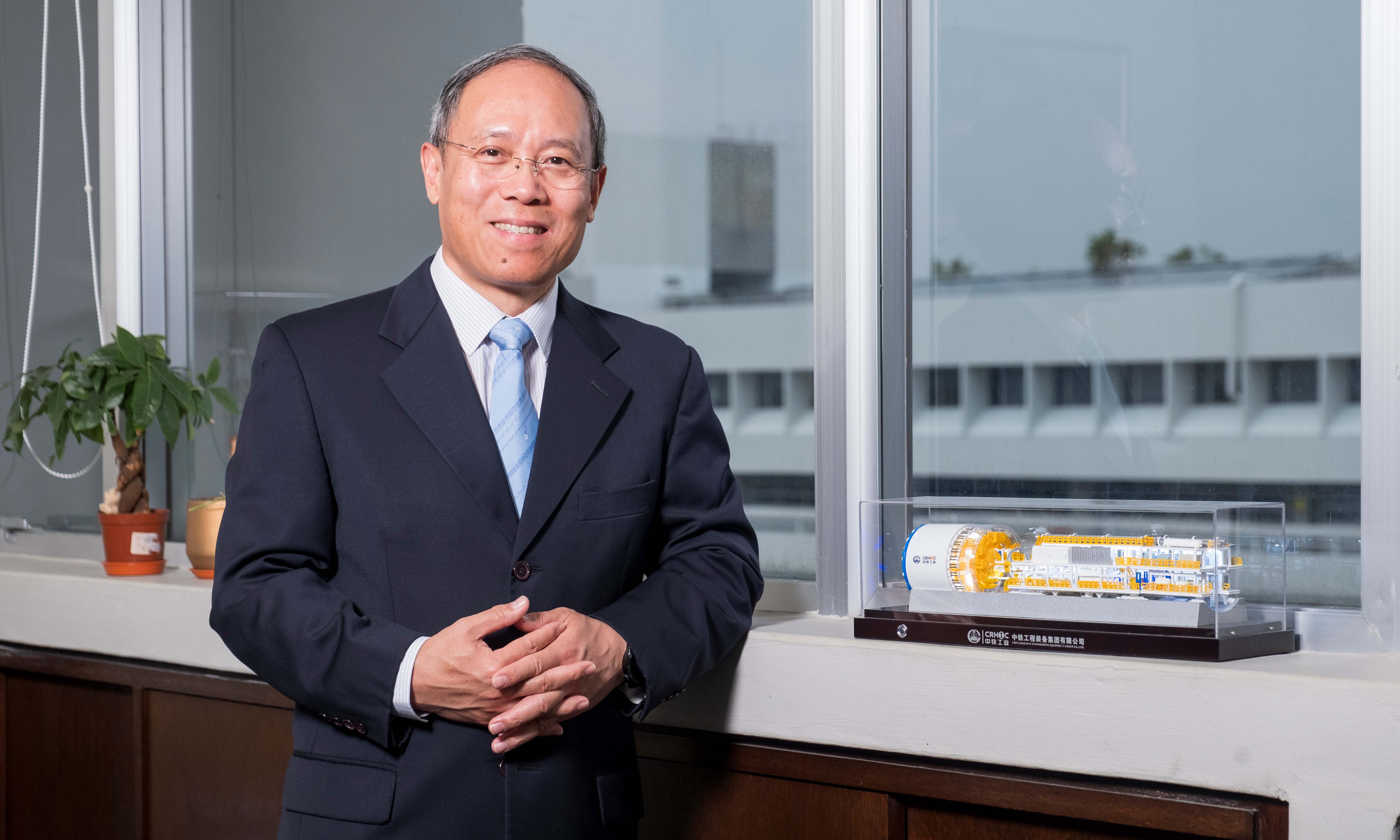
Research news releases
More news releasesIn the news
Featured videos
More videosPushing Frontiers
Past IssuesFeatured research
Transforming research into sustainable solutions
Mapping the structure of a viral enzyme
Catching electrons while they are still hot
Space radars show mountain moved by nuclear tests
Lost crater found at last in Laos
Coral chronicles the Indian Ocean’s ups and downs
Overcoming a flaw of terahertz radiation
Rapidly rising seas could swamp mangroves
Hormone-like substances could slow Parkinson’s disease
Contact us
Managing Editor: Dr Daphne Ng
If you would like to share research stories, comments or views, please contact us at [email protected].














/enri-thumbnails/careeropportunities1f0caf1c-a12d-479c-be7c-3c04e085c617.tmb-mega-menu.jpg?Culture=en&sfvrsn=d7261e3b_1)

/cradle-thumbnails/research-capabilities1516d0ba63aa44f0b4ee77a8c05263b2.tmb-mega-menu.jpg?Culture=en&sfvrsn=1bc94f8_1)

7e6fdc03-9018-4d08-9a98-8a21acbc37ba.tmb-mega-menu.jpg?Culture=en&sfvrsn=7deaf618_1)








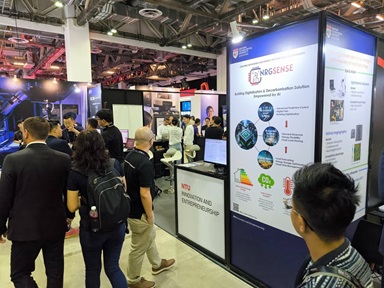
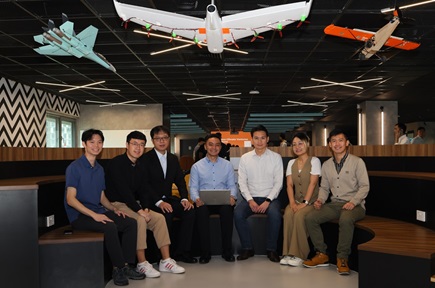



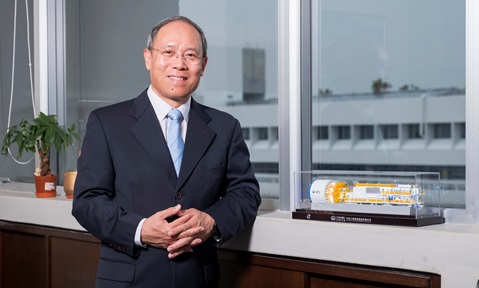
.tmb-listing.jpg?Culture=en&sfvrsn=83fa0b1d_1)


-and-professor-hu-xiao-from-ntu-singapore.tmb-listing.jpg?Culture=en&sfvrsn=d0bcffec_1)
























